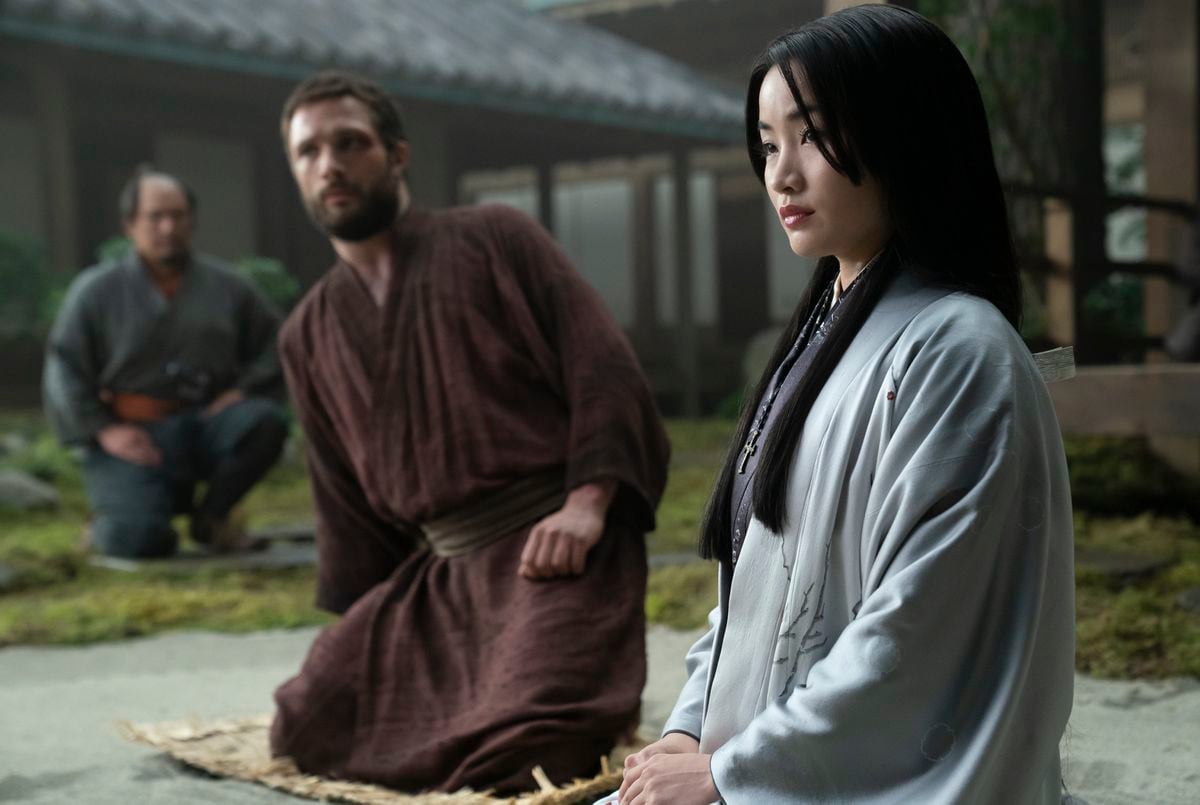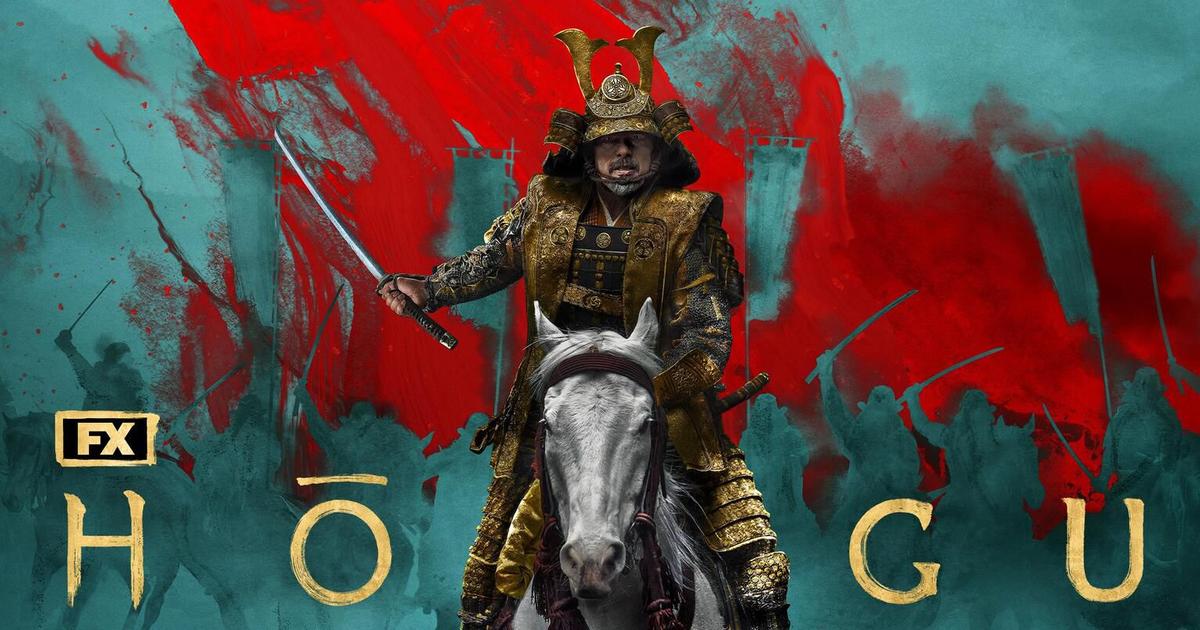The Japanese Keicho expedition appeared in 1614 on the shores of the Guadalquivir, 15 km from Seville, and changed its destiny forever.
Marina Artusa
07/21/2021 6:01 AM
Clarín.com
World
Updated 07/21/2021 7:24 AM
It could have been laziness, a capital sin that a priest should never have allowed himself.
Laziness or inexperience, a venial fault that would not close the gates of heaven to anyone.
Because it seems that in Coria del Río, an Andalusian town 15 kilometers from Seville, Spain, the parish priest on duty multiplied a surname without Spanish roots, since the middle of the seventeenth century, in the baptismal certificates of those newborns who arrived at upa de
Japanese parents with surnames impossible to translate into the Latin alphabet.
You will be called Japan, they would have baptized them as Jesus called Simon Peter.
Today, in Coria, there are about 700 Japan.
That is what a popular legend says
in this town of 30,000 neighbors
in which more than one feels descended from samurais and prepares to follow the Olympic Games that are about to begin from a distance as if they were held in their homeland.
The Coria del Río Cemetery 15 km from Seville, in Andalusia.
Photo: Cézaro De Luca
Without epic and for 4.90 euros, a barge crosses from one bank or the other of the Guadalquivir to motorcyclists and rushed cars that recreate that historical landing that, centuries ago, mutated the DNA of these Andalusians and installed the surname Japan in the town:
that of the Japanese Keicho expedition that, in 1614, appeared on the coast of Coria and
changed its destiny.
Captained by the samurai Hasekura Tsunenaga
, the delegation had set out from Sendai, in Japan, eagerly to reach Spain and close a business deal with King Felipe III and then continue on to Italy.
It was
Japan's first diplomatic foray into the West
.
Hasekura,
who today is venerated in Coria as a pagan god
, had left Sendai in 1613 with other samurai, merchants and sailors, many of whom fell in love with Andalusian kindness, and their women, and never returned home. .
The intention was to reach Seville but, as the risk of running aground on its coasts was great, they made a port in Coria del Río where today there are bars, hairdressers and herbalists
with signs written in Spanish and Japanese, just in case.
"Why did they stop here?
The 100 kilometers of the river from Seville to the mouth made very large curves and, in winter, the river overflowed and when the waters returned to their course, they left a lot of mud.
That's why they stopped in Coria ”,
Juan Manuel Suárez Japan, professor of Human Geography at the Pablo de Olavide University and former rector of the International University of Andalusia
, tells
Clarín
.
Today Hasekura is venerated in Coria as a pagan god, he had left Sendai in 1613. Photo Cézaro De Luca
Suárez Japan, a resident of Coria that has a square that bears his name next to the Asunción de Nuestra Señora school, gives some details about the historic expedition: “The letter that Hasekura brought, they put it in a metal tube and it was lost until 1852 . And
they brought a sword, a katana, which was lost "
, says the former rector who is about to
publish a historical novel on the theme:" the katana lost ".
Ties
The former rector says that it was his first cousin, Virginio Carvajal Japan, who had data from the annals that helped to dust, just in the 1980s,
the red thread that connects Coria del Río with Sendai.
The Coria del Río cemetery.
Photo: Cézaro De Luca
Virginio had a spare parts store for cars and bicycles.
And every time a Japanese approached the town in search of traces, the answer was always the same: "Go to the spare parts store."
Suárez Japan
does not share the theory
according to which the surname Japan crystallized among the Corians as a way of simplifying when registering the boys.
"The surnames toponyms
always allude to the origin
of the person," he says.
The Guadalquivir river in Coria del Río, where the Japanese expedition stayed.
Photo Cézaro De Luca
And he adds: “In 1549 the letters of Saint Francis Xavier, the first Jesuit to set foot in Japan, were published.
There he refers to a native as a "xapón", with an X.
The important thing is that this surname nests here
”.
There are still
12 people
in Coria
called Japan Japan.
"Years ago, a professor from the University of Nagoya, Yamamoto San, came here because he wanted to do a DNA study of the Japan here and those in the Sendai area, from where the expedition started," recalls the professor.
He asked me for help to draw blood from the Japan
and we gave him a hundred samples.
After two years he came, gathered the Japan from whom we had drawn blood and said that he could not say that genetics united us ”.
Plaza Coria del Río, with its legend in Japanese.
Photo Cézaro De Luca
"But I like to take the words of a Spanish geneticist when he said that
the cultural and affective bond is stronger
than DNA," Suárez Japan feels.
The traditions
Coria del Río is the only place in the world, outside of Japan,
where the tradition of Toro Nagashi is celebrated
, the festival of those paper lanterns with candles that are thrown into the river so that the souls of the deceased, who in those days descended Down to earth to be honored, find your way back to heaven.
And the only municipality in which a neighbor, Francisco Bizcocho, mixed Japanese sake with Andalusian rice pudding and invented a spirit drink -
Keicho Sake
-, which in pre-pandemic times exported some 30 thousand bottles a year and which After the third drink, he makes anyone feel like an emperor.
Bilingual posters in Coria del Río.
Photo Cézaro De Luca
As
“Los Japan”
recreated in 2019
, the movie that was filmed here and in which the Spanish actor Dani Rovira is Paco Japan,
a Coria neighbor who they come to look for
from Tokyo when they discover that he is the heir to the Japanese throne.
At the door of the Town Hall, on Cervantes Street, next to the Spanish and Andalusian flags,
a Japanese one flies
.
It has been there since 2013, when the then crown prince to the imperial throne of Japan and today emperor, Naruhito, visited the land of Japan to commemorate the 400 years of the Keicho expedition.
Months later, Coria
had as guest of honor the designer
Kenzo, who planted a cherry tree (sakura) in the Carlos de Mesa Park of the town, one of the attractions for those who visit it today.
Barges to cross the Gualdalquivir river in Coria del Río.
Photo Cézaro De Luca
"We decided to leave the flag in the City Hall
as a trace of brotherhood
, of familiarity," the mayor of Coria del Río, Modesto González, told Clarín.
“The most important thing in our relationship with Japan
is familiarity.
We have ancestral ties.
For Andalusians, family is important but for Japanese even more ”, he emphasizes.
"Between
60 and 70 percent of Corianos
, in their genealogical tree, have at some point had the surname Japan," says the mayor.
Posters
"We are trying to introduce the language," he adds. If you walk through Coria, you will see that
there are businesses with their signs in Japanese as well
. And there are schools in Coria with their classrooms labeled with the names of Japanese cities ”. In 2019, as soon as he landed in Spain as the new Japanese ambassador, Hiramatsu Kenji also passed through Coria. It was his first institutional trip, as if it was essential to have the blessing of the Corianos to legitimize his diplomatic credentials.
The Japanese liturgy in Coria
has its own story and landmarks in the town that everyone curious or passionate about tracing the Japanese footprints in Andalusia cannot miss: like a stop in front of the statue of Hasekura, who looks at the river with fierceness and melancholy, if he had sensed that part of his troops would not retrace the road back to Japan with him.
Neighbor of Coria del Río, 15 km from Seville.
Photo Cézaro De Luca
The itinerary includes the Plaza del Rocío and the parish of Santa María de la Estrella, where the parish priest dusts off the baptism
certificate
of
the first coriana with the surname Japan before each illustrious visitor.
In the Coria cemetery, the tombstones in the niches are made of white marble.
There, the relatives of the deceased send names, dates and legends to be sculpted.
There is almost no open-air corridor in which, in that already lifeless cast,
a Japan does not appear
.
Or a Japan Japan, faithful to the Spanish tradition of using the paternal last name and then the maternal one.
And although more than 400 years have passed since that feat that united the two geographies, Coria's collective imagination
continues to flirt with the fact that this brotherhood
with Japan will one day become a source of resources for the people.
"
Many hope that the Japanese will come here,
put the Toyota and end unemployment (unemployment)", reflects, with brutal honesty, a neighbor of the town.
Madrid correspondent
PB
Look also
In Spain, confinement in a pandemic is declared unconstitutional: what does it mean?
Spain: the government approves the Democratic Memory bill that condemns the Franco regime





/cloudfront-eu-central-1.images.arcpublishing.com/prisa/AR4TPPVGS5HKNAVGMCEWHZZT64.jpg)


